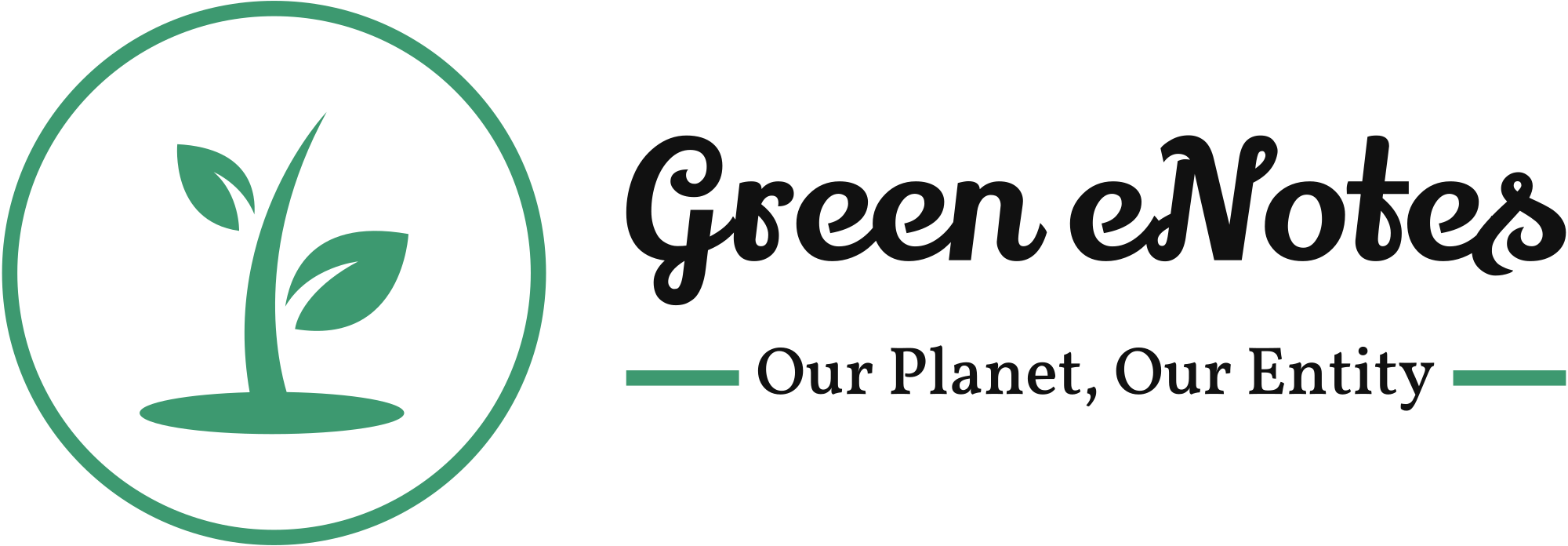Recycling or Upcycling or Downcycling


What is Recycling?
Recycling is the method of renovating waste products into a new one . It is a core component of the 3R strategy “Reduce, Reuse, and Recycle” for an integrated waste management system. However, the recyclability of material largely depends on the material’s ability to reacquire the properties it had in its original state. The recycling process can avoid the waste of materials and diminish the consumption of raw materials. In addition, it also reduces air pollution, energy usage, and water pollution from waste management activities like incineration and landfilling. Recycling purposes to safeguard environmental sustainability by reducing pressure on virgin materials and flowing the waste stream into the production and economic system.
Through the process of collecting and processing waste materials into the economic flow and by value addition recycling can help the society and environment. Recycling contributes to conserving natural resources such as water, minerals, fuel, and timber. It also benefits to secure the economic system, prevents pollutions, conserves energy, and most importantly generates a new job sector in the recycling and manufacturing industries.
Recycling includes collection and processing, manufacturing, and purchasing new products made from recycled materials are the three steps to create a continuous loop. After the collection of waste materials, recyclables are sent to the recovery field to sort, clean, and process into materials that can fit for manufacturing or just be sold as materials. Currently, the intuition to generate new products from recycled materials is increasing at a high rate. Common household pieces of stuff that encompass recycled materials are newspaper, paper towels, steel cans, bottles, containers of aluminum, plastic, and glass, and many others. Purchasing materials that can be easily recycled and also products made from recycled materials helps to make the recycling process a continuous loop.
A significant finding by Environmental Protection Agency (EPA) and Recycling Economic Information (REI) projected that in a year, recycling and reuse actions in the United States have produced 681,000 jobs, $37.8 billion in remunerations, and $5.5 billion in tax revenues.
What is Upcycling?
Upcycling or creative reuse is the method of converting by-products, unwanted or useless waste materials into new materials or products containing greater quality. It signifies a variety of processes such as mis and aggregation of used materials, components, and items to modify it into a second life in a creative way, having additional value than the original state. The lifespan of upcycling products also expands.
The complex production process of the textile industry consumes a vast amount of energy, water while polluting the environment. When damaged clothes are no longer wearable, these are disassembled and the textiles are reused in the generation of new pieces of clothing creatively and innovatively. Likewise, wasted and broken furniture is also upcycled by turning them into new furniture and other household items. Terracycle is one of the upcycling industries that promote waste collection programs for the wastes that are difficult to recycle and use these to generate things park benches or pencil cases or tote bags from food and drinking packaging.
What is Downcycling?
Downcycling is also known as cascading is the recycling of waste where the recycled materials, components, or substances are characterized as lower quality and functionality than the original state. Because of the accumulation of tramp elements in secondary metals in downcycling, it may discount the materials from the high-quality application. Likewise, recycling, downcycling also aids in keeping materials in use, reducing consumption of energy and raw materials, greenhouse gas emission, air and water pollution from production, and resource extraction.
Some experts claim that recycling and downcycling are the same. While some components are frequently reproduced, some materials are gradually breakdown at each time when they go over recycling and that is downcycling. However, downcycling also lessens the demand for excess raw materials like the case of plastics where they are processed to reuse into lesser quality items.
Difference between Recycling, Upcycling, & Downcycling
Recycling takes materials and breakdowns them to create a new product that is more substandard quality. While the upcycling emphasis on sorting and reusing the waste materials in a creative, innovative, and fashionable way. The goal of upcycling is to integrate rejected materials into a new fashionable miscellaneous product within open-loop cycles. Downcycling differs from open-loop cycling which implies quality loss while open-loop cycling denotes both upcycling and downcycling and generates such a new product that is different from the original state.
Through upcycling and downcycling are both parts of recycling but not all recycling is equivalent, upcycling increases values and downcycling diminishes values.
Contribution to Zero Waste Generation
From the viewpoint of large-scale perspectives, upcycling contributes more to the reduction of CO2 emissions by consuming less energy in extracting, transforming to new products, and also expanding the lifetime of used materials, components, and products. Different waste management system like incineration uses a large amount of energy to burn combustible wastes and it also causes air pollution. While landfill can generate a vast amount of greenhouse gas like methane contributes to climate change and global warming. This waste management system can also cause an adverse environmental system. Consequently, it is the genuine and ethical strategy to push the waste materials into the production and economy that can reduce adverse and harmful environmental impacts and resource depletion. Last, recycling, upcycling, and downcycling can guide the world to be a zero-waste planet.







